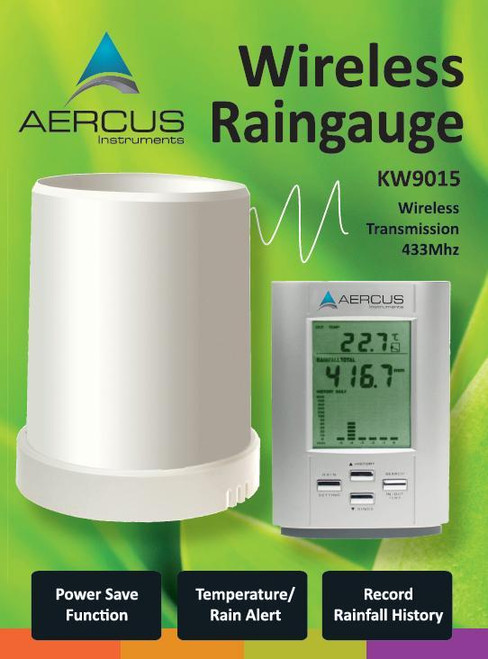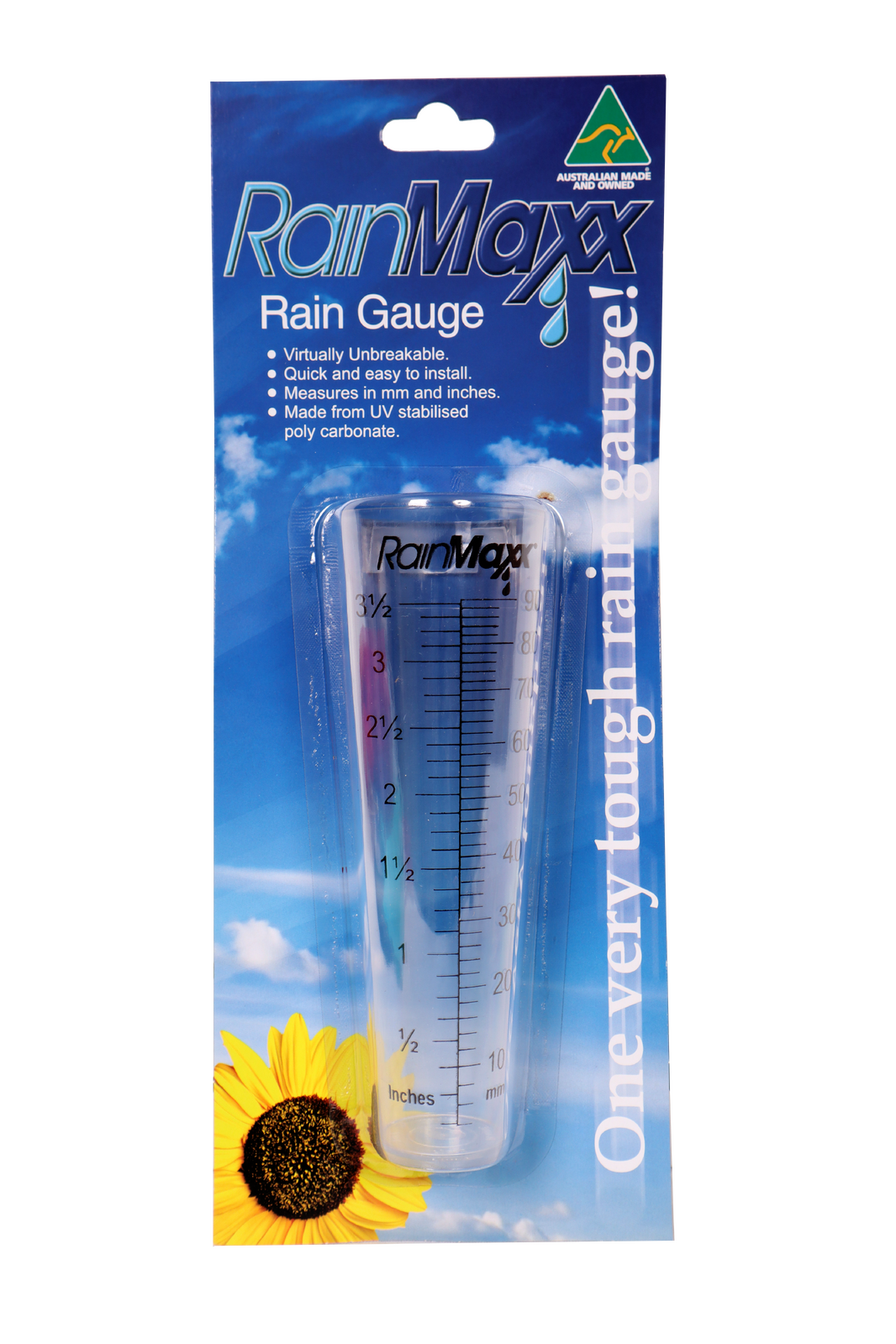Cutting-edge Designs in Rain Gauges: What Makes Them Stick out
Cutting-edge Designs in Rain Gauges: What Makes Them Stick out
Blog Article
Revealing the Scientific Research Behind Rain Gauges: Just How These Devices Play an Important Role in Environment Research Study and Environmental Tracking
Rain evaluates, seemingly easy tools, hold a profound significance in the world of climate research and ecological surveillance. These humble instruments silently collect one of nature's most necessary aspects-- rainfall. Behind their unpretentious exterior lies a complicated science that is vital for comprehending the characteristics of our environment. As we peel back the layers of this clinical veil surrounding rainfall gauges, we uncover a world where precision, data accuracy, and careful monitoring converge to unveil a deeper understanding of our changing environment and its impact on the earth.
Significance of Rain Gauges
Rain determines play an indispensable duty in monitoring and measuring precipitation levels, giving essential information for environment study and evaluation. These devices are fundamental in evaluating the quantity of rains that occurs in a specific location over a certain duration. By gauging and gathering rainwater, rainfall determines offer beneficial insights right into the distribution and strength of precipitation, aiding meteorologists, hydrologists, and climatologists in recognizing weather patterns and patterns.
Additionally, long-lasting data collected from rainfall evaluates aids in examining environment modification impacts and patterns, adding dramatically to clinical study and decision-making procedures. In significance, rain gauges serve as necessary devices in the area of weather forecasting and ecological scientific research, playing a crucial function in advancing our understanding of weather condition and climate characteristics.
Sorts Of Rain Gauges

Performance and Procedure
In the world of climate research and meteorological studies, the efficiency of rainfall gauges lies in their intricate functionality and exact functional systems. Rain determines are designed to accurately determine the amount of rainfall that falls over a certain area throughout a collection period.
The capability of rain gauges is based on the concept of determining and accumulating rain in a standardized way. This accumulated data is essential for recognizing regional weather patterns, tracking long-term climate trends, and evaluating ecological impacts. To ensure precise measurements, rainfall gauges need to be purposefully positioned in open areas far from blockages such as buildings or trees that can hinder the collection process.
The functional facet of rain gauges includes normal maintenance to stop particles accumulation, calibration checks to maintain dimension precision, and data tape-recording for evaluation (rain gauge). Generally, the performance and procedure of rainfall evaluates are crucial for gathering reliable rainfall information vital to environment study and environmental monitoring
Role in Environment Study
Provided the critical value of exact rainfall dimensions in recognizing climate patterns and environmental effects, the role of rain assesses in climate research is important. Rain determines provide crucial data for climate study by quantifying the amount of rainfall that tips over a particular location during a provided period. This information is vital for keeping an eye on long-lasting fads in rainfall patterns, assessing the effect of environment modification on rainfall circulation, and boosting climate models.

Environment researchers use information collected from rain assesses to evaluate variants in rainfall degrees, determine local environment patterns, and assess the performance of water Continue resource administration strategies. By contrasting historical precipitation information with current dimensions, scientists can spot changes in precipitation patterns, such as adjustments in the regularity or strength of rains occasions. This info is crucial for understanding just how climate modification is affecting precipitation characteristics and can aid policymakers make notified decisions pertaining to adjustment and mitigation approaches.
Applications in Ecological Surveillance

In flood projecting, rain scale data assists to track rainfall intensity and distribution, enabling authorities to release timely cautions and take necessary actions to alleviate flood risks (rain gauge). Dry spell tracking counts on rainfall scale information to examine wetness degrees in the dirt and track rainfall shortages, helping in the identification of drought-prone locations and the implementation of dry spell response strategies
In addition, rainfall scale data plays an essential function in water resource administration by supplying details on water accessibility and use trends. This data is used to make educated decisions pertaining to water allocation, conservation actions, and lasting water source planning. Furthermore, in agriculture, rain gauge data aids farmers in enhancing watering timetables, plant option, and overall click here to read farm monitoring techniques based upon regional rainfall patterns. In general, rain assesses are crucial tools in environmental surveillance, supplying important understandings that add to notified decision-making and sustainable resource monitoring.
Verdict
To conclude, rain evaluates are crucial tools for determining rainfall, supplying valuable information for environment research study and environmental monitoring. With various types and functionalities, rainfall evaluates play a crucial role in understanding precipitation patterns and their effect on the environment. By accurately measuring rains, these tools add to the improvement of scientific expertise and aid in making educated choices pertaining to water resource administration and disaster preparedness.
Rainfall assesses play an indispensable duty in surveillance and determining precipitation degrees, offering important data for environment research study and analysis. The conventional rainfall scale, recognized as the "tipping pail" scale, is one of the most frequently made use of tools. Ultrasonic rain evaluates use sound waves to discover the existence of rainfall, providing real-time information on rainfall degrees.Environment researchers make use of data collected from rainfall evaluates to evaluate variations in rainfall levels, identify local climate trends, and examine the efficiency of water source management methods.In conclusion, rainfall evaluates are necessary tools for determining rainfall, supplying valuable data for climate research study and ecological monitoring.
Report this page